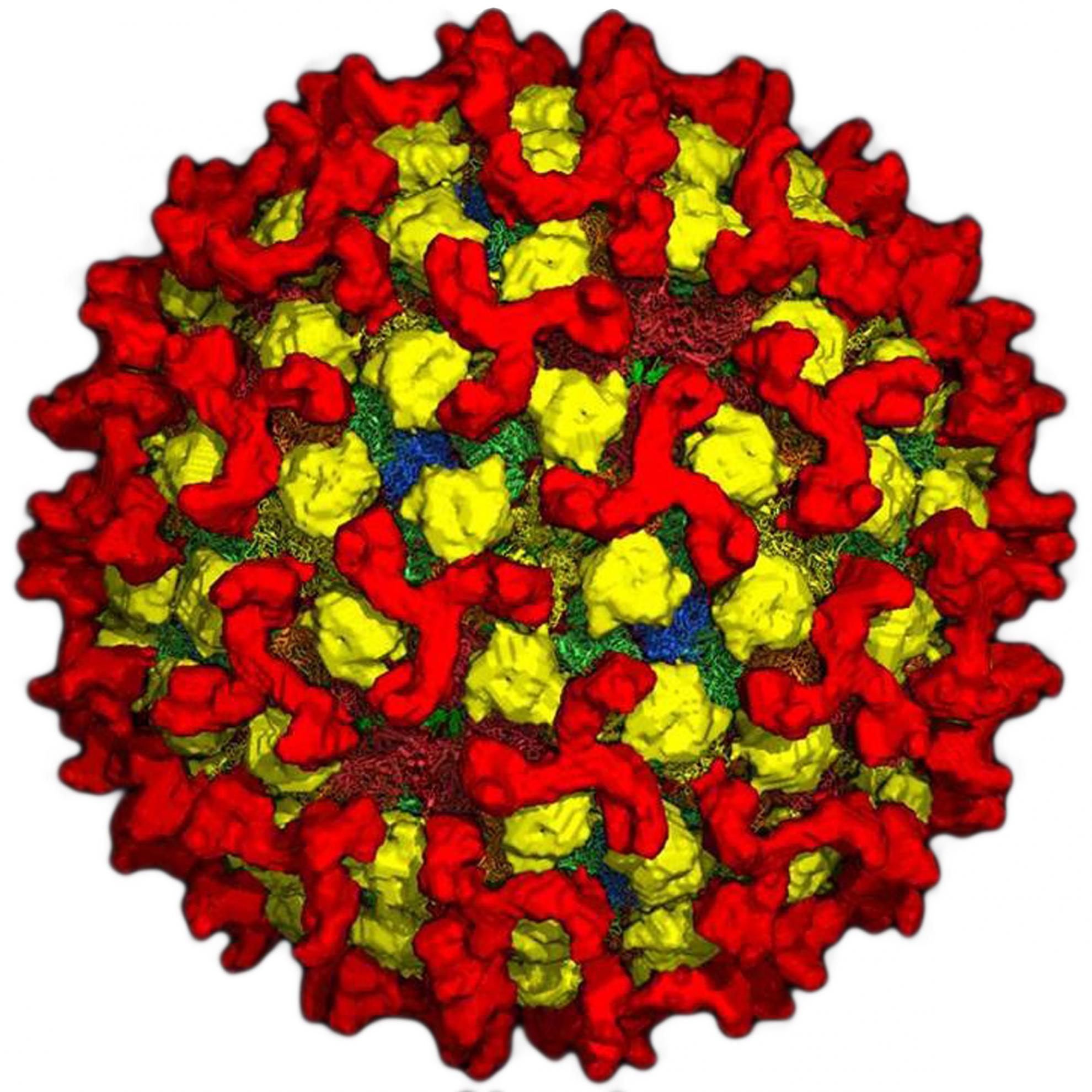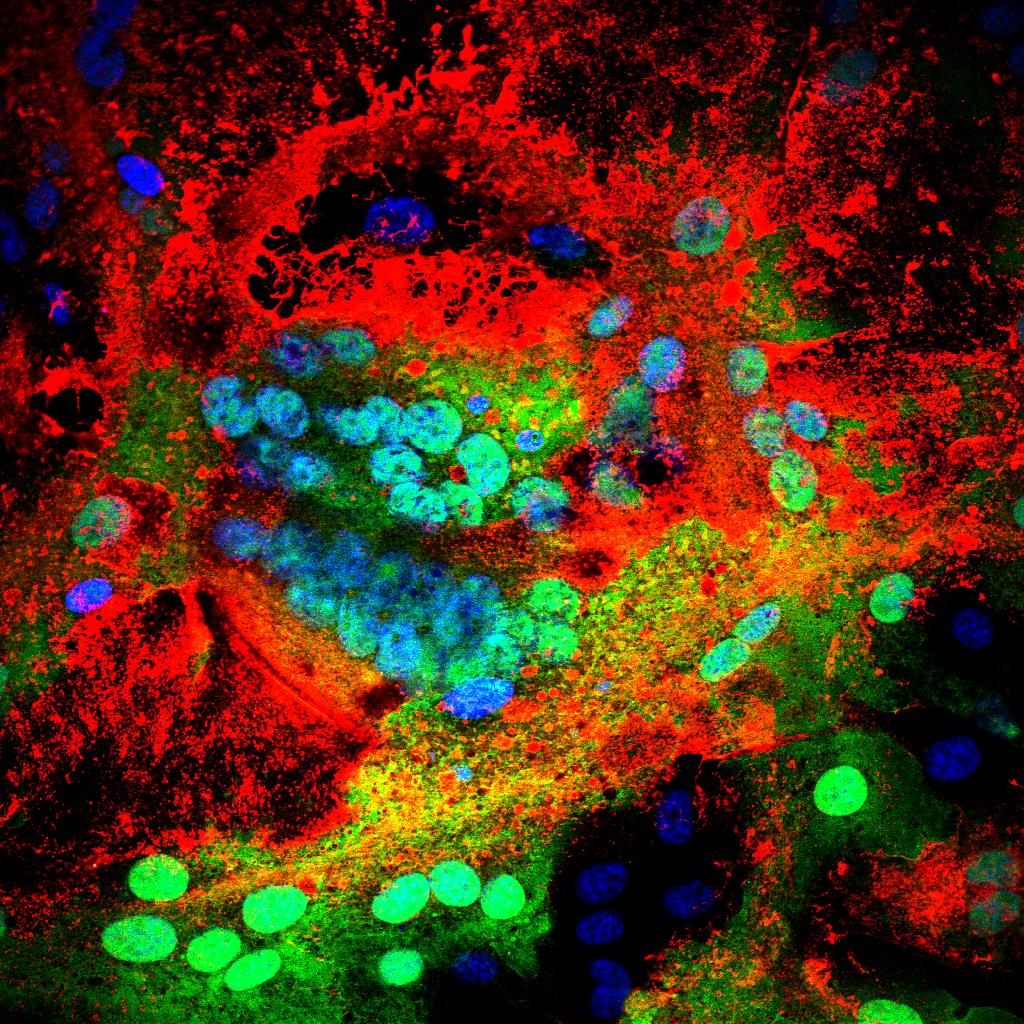Comparison of the immunogenicity and cross-lineage efficacy of live attenuated peste des petits ruminants virus vaccines PPRV/Nigeria/75/1 and PPRV/Sungri/96
Peste des petits ruminants (PPR) is a severe disease of goats and sheep that is widespread in Africa, the Middle East and Asia. Several effective vaccines exist for the disease, based on attenuated strains of the virus (PPRV) that causes PPR. While the efficacy of these vaccines has been established by use in the field, the nature of the protective immune response has not been determined. In addition, while the vaccine derived from PPRV/Nigeria/75/1 (N75) is used in many countries, those developed in India have never been tested for their efficacy outside that country. We have studied the immune response in goats to vaccination with either N75 or the main Indian vaccine, which is based on isolate PPRV/India/Sungri/96 (S96). In addition, we have compared the ability of these two vaccines, in parallel, to protect animals against challenge with pathogenic viruses from the four known genetic lineages of PPRV, representing viruses from different parts of Africa as well as Asia. These studies showed that, while N75 elicited a stronger antibody response than S96, as measured by both ELISA and virus neutralisation, S96 resulted in more pronounced cellular immune responses, as measured by virus antigen-induced proliferation and interferon gamma production. While both vaccines induced comparable numbers of PPRV-specific CD8+ T cells, S96 induced a higher number of CD4+ T cells specifically responding to virus. Despite these quantitative and qualitative differences in the immune responses following vaccination, both vaccines gave complete clinical protection against challenge with all four lineages of PPRV.

